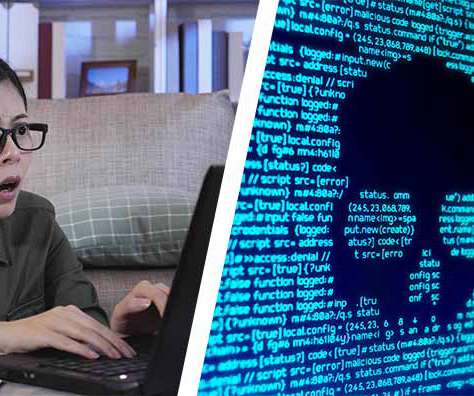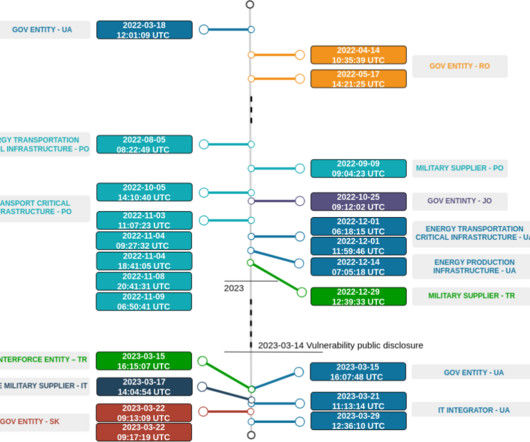2024 State of Cybersecurity: Reports of More Threats & Prioritization Issues
eSecurity Planet
MAY 2, 2024
Sophos: Noted that 43% of all 2023 malware signature updates are for stealers, spyware, and keyloggers often used to steal credentials from devices. 50,000 DDoS attacks on public domain name service (DNS) resolvers. 553% increase in DNS Flood attacks from 1H 2020 to 2H 2023. 20,551 gambling industry attacks.












Let's personalize your content